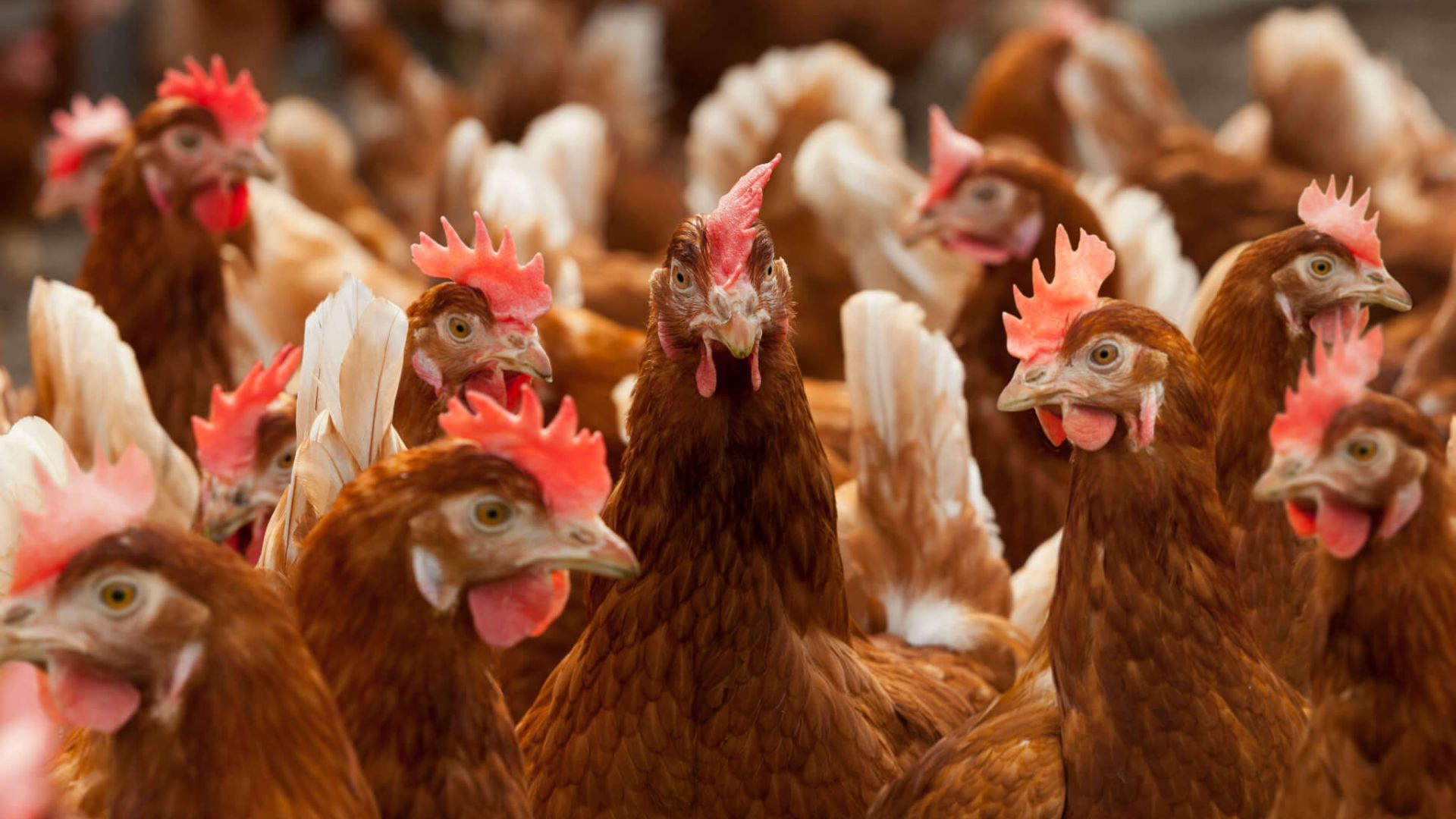Natural antibody inheritance under polygenic control in brown hens

Results from a Wageningen University & Research, Animal Breeding and Genomics (WUR-ABG) study published in Poultry Science suggest that both natural antibody (NAb) levels and resilience indicators are heritable and are under polygenic control in a brown layer line. Resilience is the capacity of an animal to be minimally affected by disturbances or to return quickly to the state it was in before exposure to the disturbance. Given that livestock are continuously exposed to environmental disturbances, for example fluctuations in temperature or pathogens, breeding (disease) resilient livestock is important for the sustainability and profitability of livestock production. Measuring general resilience of animals is not easy. However, the increasing availability of longitudinal production data allows estimating resilience indicators based on deviations observed from expected production levels. To evaluate an animal’s general disease resistance, levels of natural antibodies (NAbs) can be used as an indicator trait.
The researchers performed a genome-wide association study (GWAS) to identify genomic regions influencing NAbs and resilience indicators in a purebred Rhode Island layer line. Results suggest that both resilience indicators and NAbs are heritable and under “polygenic control”, meaning that they are influenced by many genes with a small effect. These observations provide further insight in the genetic architecture underlying resilience, which, in turn, may facilitate genetic improvement for resilience in layer lines. According to the authors, there is currently no simple interpretation of any of the resilience indicators and it is important to further refine and validate them in order to verify their practical relevance and to implement them in management and breeding practices.